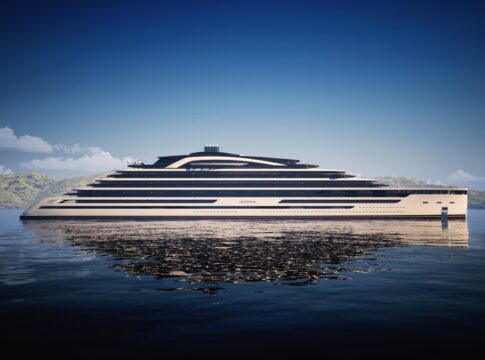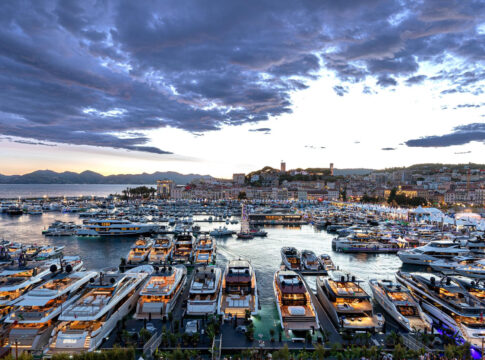The Azores, an enchanting archipelago in the heart of the Atlantic Ocean, beckon adventure seekers and nature enthusiasts alike with its breathtaking landscapes and rich marine biodiversity.
The Azores are currently one of the world’s largest whale sanctuaries. Among resident and migrant species, common or rare, more than 20 different types of cetaceans can be spotted in the Azores.
One of the most awe-inspiring experiences that this destination offers is whale watching, a captivating journey into the realm of these majestic marine giants.
Situated at the crossroads of migratory routes for several whale species, the Azores provide a unique opportunity for visitors to witness these incredible creatures in their natural habitat. The nutrient-rich waters surrounding the islands attract a diverse array of cetaceans, including the impressive sperm whales, playful dolphins, and the graceful blue whale.
The town of Pico, known as the whale watching capital of the Azores, serves as a gateway to this marine spectacle. Numerous tour operators in Pico offer excursions that take adventurers on a quest to spot these magnificent creatures. Knowledgeable guides, often marine biologists, accompany these tours, providing valuable insights into the behaviors and characteristics of the whales encountered.
What makes the Azores particularly special for whale watching is the sheer variety of species that can be observed throughout the year. From March to October, the waters host the migration of several whale species, including humpback whales and orcas. During the rest of the year, resident species such as sperm whales can be seen regularly, offering a year-round opportunity for enthusiasts.
As you venture into the Atlantic waters, the anticipation builds, and then, the magic unfolds. Witnessing a colossal whale breach or a pod of dolphins frolicking in the waves is an experience that etches itself into the memory of every observer. The pristine beauty of the Azorean seascape serves as a perfect backdrop to these unforgettable moments.
Whether you’re a wildlife enthusiast, a nature photographer, or simply seeking a profound connection with the ocean, the Azores provide an unparalleled opportunity to witness the wonders of the deep.
When sea conditions are not ideal and trips are postponed or even cancelled, you can learn more about the rich Azorean history related to whales in several museums and interpretation centres, mainly on the islands of Pico and Faial, which may be an interesting and charming shelter. Visiting the vigias (whale observation posts) spread throughout strategic points on several islands is another option. Part of these small houses that provided information to the whale hunting fleets have been restored, and today, once again, trained eyes scan the horizon, searching for cetaceans. The vigias are generally located in coastal areas and provide breathtaking panoramic views.
Best time of the year
Whale and dolphin watching is possible throughout the year due to the great number of species roaming the waters of the archipelago. In addition to resident species, such as common dolphins and common bottlenose dolphins, with which you can swim, there are also the whales that pass through the Azores in their migration routes. Spotted dolphins are more common during the summer, while blue whales can be easily spotted at the end of the winter. Sperm whales, sei whales and bearded whales appear frequently in the summer. One thing is for sure: regardless of the season, there are always new things to discover.











